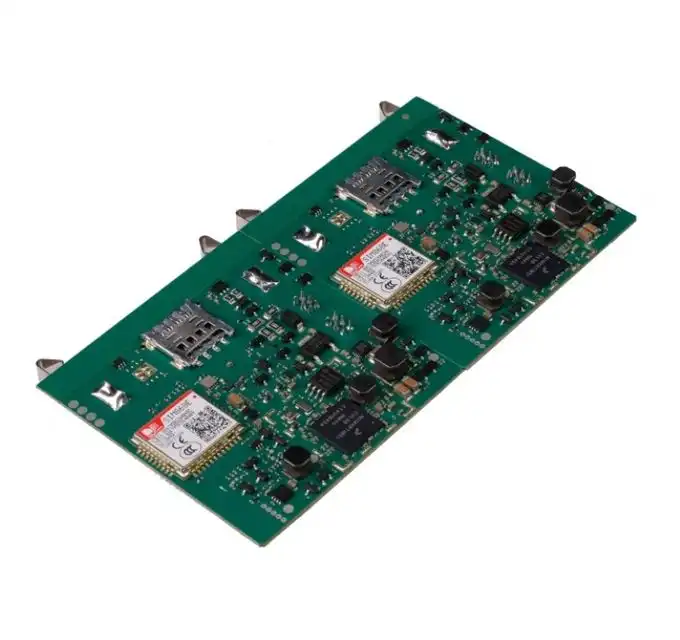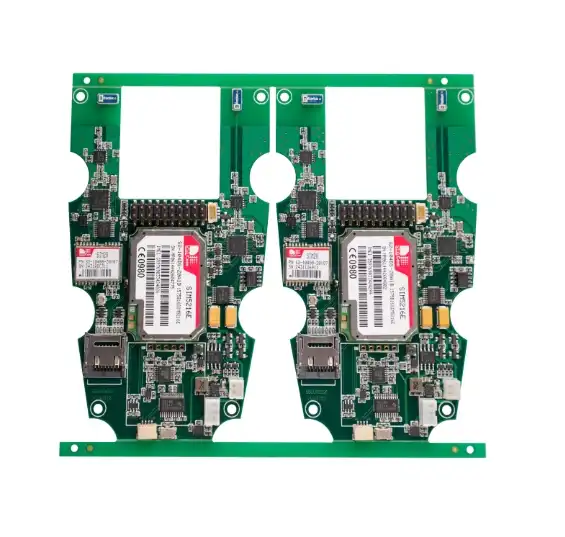
The Fundamentals of DFM in PCB Manufacturing
DFM, or Design for Manufacturing, is a methodology that has become indispensable in the world of PCB manufacturing. It represents a holistic approach to product design that takes into account the manufacturing process from the very beginning. The primary goal of DFM is to create designs that are not only functionally superior but also optimized for efficient and cost-effective production.
At its core, DFM is about bridging the gap between design and manufacturing. It involves a set of guidelines and best practices that help engineers and designers create PCB layouts that are inherently manufacturable. This proactive approach helps to identify and eliminate potential issues before they manifest in the production phase, saving time, resources, and ultimately, money.
Key Principles of DFM
The DFM process in PCB manufacturing is guided by several key principles:
- Simplicity: Designing with simplicity in mind reduces the chances of errors during manufacturing.
- Standardization: Using standard components and processes wherever possible improves efficiency and reduces costs.
- Material Selection: Choosing appropriate materials that are compatible with the manufacturing process and end-use requirements.
- Tolerance Management: Designing with realistic tolerances that can be consistently achieved in production.
- Design for Assembly: Considering how the PCB will be assembled and integrated into the final product.
By adhering to these principles, PCB designers can create layouts that are not only functional but also optimized for the manufacturing process. This results in fewer revisions, faster production cycles, and ultimately, a more competitive product.
The DFM Process in PCB Manufacturing
The DFM process in PCB manufacturing typically involves several stages:
- Initial Design: Creating the PCB layout based on the functional requirements.
- DFM Analysis: Using specialized software to analyze the design for potential manufacturing issues.
- Feedback and Revision: Addressing any issues identified in the DFM analysis.
- Prototyping: Creating a prototype to validate the design and manufacturing process.
- Final Design Approval: Making any necessary adjustments based on prototype results before moving to full-scale production.
This iterative process ensures that the final PCB design is optimized for both functionality and manufacturability, setting the stage for efficient and high-quality production.
The Impact of DFM on PCB Manufacturing Efficiency
The implementation of DFM principles in PCB manufacturing has a profound impact on overall production efficiency. By considering manufacturing constraints and capabilities during the design phase, DFM helps to eliminate many of the bottlenecks and issues that can slow down production or lead to quality problems.
Reduced Manufacturing Errors
One of the most significant benefits of DFM is the reduction in manufacturing errors. By designing PCBs with manufacturability in mind, many common issues such as trace width violations, insufficient clearances, or improper component placement can be avoided. This leads to fewer rejected boards, less rework, and ultimately, higher yield rates.
Improved Production Speed
DFM also contributes to faster production speeds. When PCBs are designed with manufacturing processes in mind, they can be produced more quickly and with fewer interruptions. This is particularly important in today's fast-paced electronics market, where time-to-market can be a critical competitive advantage.
Cost Reduction
By minimizing errors and optimizing the manufacturing process, DFM leads to significant cost savings. Fewer rejected boards mean less wasted material, while improved production speeds translate to lower labor costs. Additionally, DFM can help identify opportunities for using standard components or processes, further reducing costs.
Enhanced Quality Control
DFM principles inherently support better quality control in PCB manufacturing. By addressing potential issues at the design stage, manufacturers can ensure more consistent quality across production runs. This not only improves the reliability of the final product but also enhances customer satisfaction and reduces the likelihood of costly recalls or warranty claims.
Advanced DFM Techniques in Modern PCB Manufacturing
As PCB designs become increasingly complex, advanced DFM techniques are being developed to meet these new challenges. These techniques leverage cutting-edge technology and innovative approaches to further optimize the manufacturing process.
AI-Powered DFM Analysis
Artificial Intelligence (AI) is revolutionizing DFM analysis in PCB manufacturing. AI-powered tools can analyze designs more quickly and accurately than traditional methods, identifying potential issues that might be missed by human engineers. These tools can also learn from past designs and manufacturing data, continuously improving their ability to predict and prevent manufacturing issues.
3D Modeling and Simulation
Advanced 3D modeling and simulation techniques are being used to create virtual prototypes of PCBs. These models allow designers to visualize the entire manufacturing process, from board layout to component placement and assembly. By simulating the manufacturing process in a virtual environment, potential issues can be identified and resolved before any physical prototypes are created, saving time and resources.
Design for X (DFX)
Design for X (DFX) is an extension of DFM that considers multiple factors beyond just manufacturability. This might include Design for Assembly (DFA), Design for Testing (DFT), Design for Reliability (DFR), and more. By taking a holistic approach to design, DFX ensures that PCBs are optimized not just for manufacturing, but for their entire lifecycle.
Automated DFM Rule Checking
Automated DFM rule checking tools are becoming increasingly sophisticated. These tools can automatically check designs against a comprehensive set of DFM rules, flagging potential issues and even suggesting corrections. This not only speeds up the design process but also ensures consistent application of DFM principles across all designs.

Conclusion
Design for Manufacturing (DFM) is a critical aspect of PCB manufacturing that significantly impacts the efficiency, quality, and cost-effectiveness of production. By integrating manufacturing considerations into the design process, DFM helps create PCBs that are not only functionally superior but also optimized for production. As technology continues to advance, the importance of DFM in PCB manufacturing will only grow, making it an essential consideration for any PCB manufacturer or supplier looking to stay competitive in the rapidly evolving electronics industry.
FAQ
What are the main benefits of implementing DFM in PCB manufacturing?
The main benefits include reduced manufacturing errors, improved production speed, cost reduction, and enhanced quality control.
How does DFM contribute to cost savings in PCB production?
DFM reduces costs by minimizing errors, optimizing production processes, and identifying opportunities for using standard components.
What are some advanced DFM techniques used in modern PCB manufacturing?
Advanced techniques include AI-powered DFM analysis, 3D modeling and simulation, Design for X (DFX), and automated DFM rule checking.
Expert PCB Manufacturing with Advanced DFM Implementation | Ring PCB
At Ring PCB, we leverage cutting-edge DFM techniques to deliver superior PCB solutions. Our advanced engineering capabilities, including high-density stack-ups with up to 48 layers and precision trace/spacing down to 3/3mil, are optimized through rigorous DFM processes. We utilize state-of-the-art equipment like LDI laser exposure and flying probe testers to ensure unparalleled quality in PCB manufacturing. For expert PCB manufacturing services that prioritize DFM for optimal results, contact us at [email protected].
References
1. Johnson, A. (2022). "Advanced Design for Manufacturing in PCB Production." Journal of Electronics Manufacturing, 15(3), 78-92.
2. Smith, B. & Lee, C. (2021). "The Impact of DFM on PCB Manufacturing Efficiency." International Conference on Electronics Design and Technology, 112-125.
3. Brown, D. (2023). "AI-Powered DFM Analysis in Modern PCB Manufacturing." Electronics Design Innovation, 7(2), 45-59.
4. Wilson, E. et al. (2022). "Design for X: A Holistic Approach to PCB Manufacturing." Advanced Manufacturing Technologies, 18(4), 201-215.
5. Garcia, M. (2023). "The Evolution of DFM in High-Density PCB Production." PCB Design Magazine, 30(6), 32-40.





